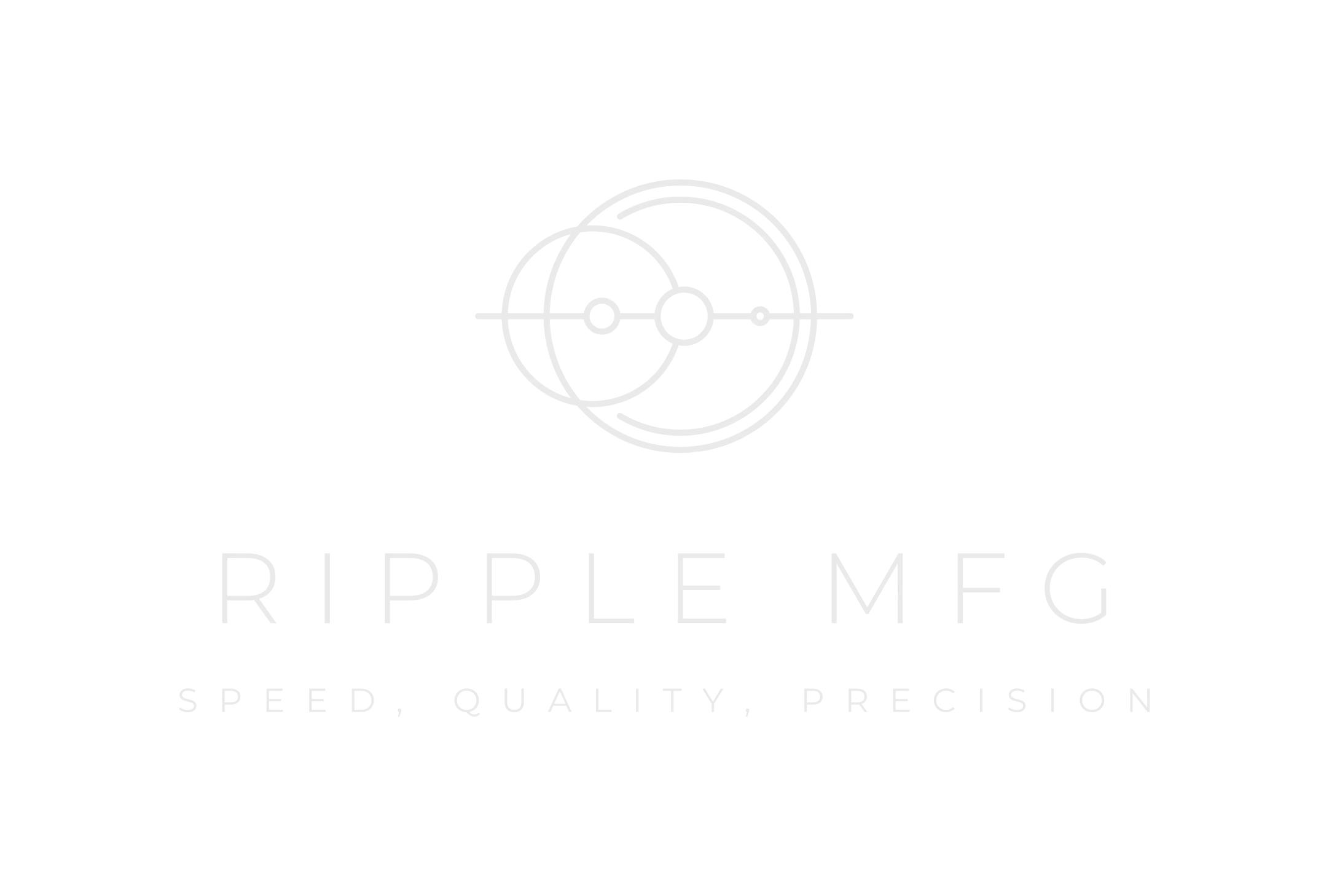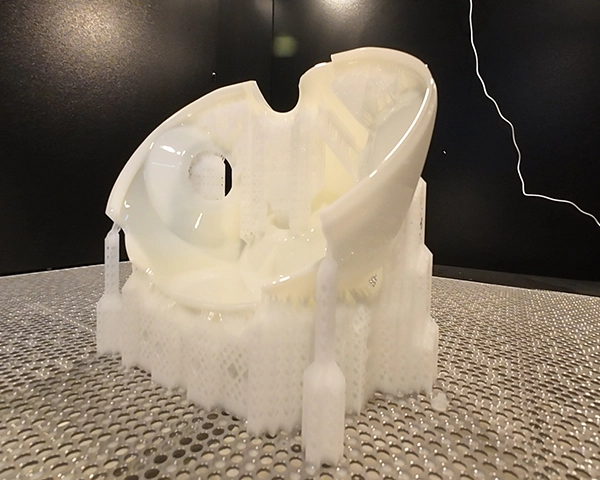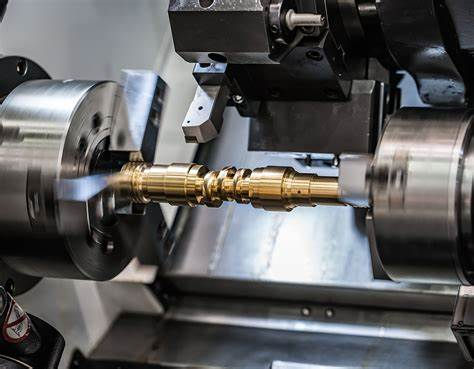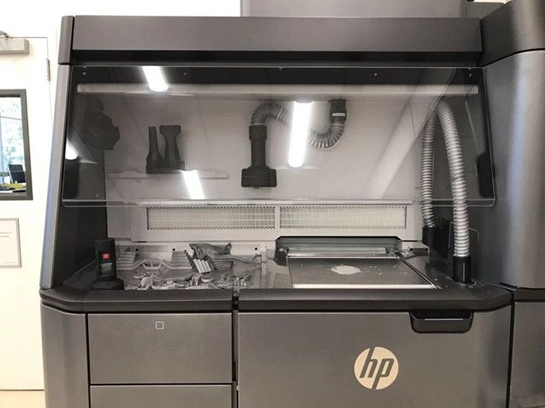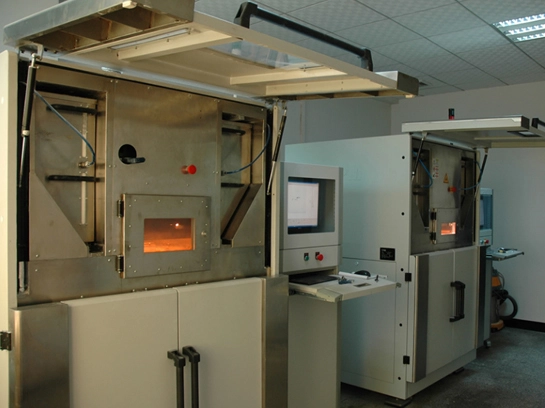What is Vacuum Casting
Vacuum casting is a manufacturing process used to create high-quality, detailed, and dimensionally accurate replicas or prototypes of original models. It involves the use of a vacuum to draw liquid material into a mold, which then hardens to form the desired part. This process is often used in industries such as automotive, aerospace, medical, and consumer products for rapid prototyping machining services and low-volume production.
Why Vacuum Casting
In our daily lives, we often apply plastic products, in general products, that use more thermoplastics, this plastic in industrial production, generally with thermoforming, can be shaped. However, in our product design, the appearance of some products needs to be heat and corrosion-resistant, these products need to use plastic and should have good thermosetting, the designer in the selection of materials, we to take into account the way the product is formed will be used in the vacuum casting process.
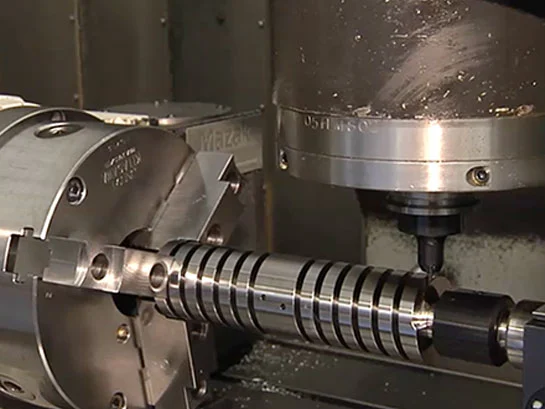
Vacuum Casting Mainly Usage
Vacuum casting is mainly used for prototype manufacturing, single-piece production, and small-batch production, and can replicate almost all the properties of the injection molding process. It is mainly used to mold two-component polyurethanes (PUR), which are widely used in different grades, colors, and hardnesses. Flexible silicone molds are machined directly from the mold and then vacuum cast to reproduce the product with properties very similar to those of mass-produced products. A full-color range is available. Can be as flexible and elastic as a thermoplastic elastomer (TPE) or as hard as acrylonitrile-butadiene-styrene (ABS).
Typical Applications for Vacuum Casting
Vacuum casting is widely used in the automotive, consumer electronics, consumer goods, and sports equipment industries. In addition to prototypes, vacuum casting is also used for injection molding of small quantities where expensive molds are not intended. In the automotive industry, applications include the production of various tubes, water tanks, air filter housings, radiator parts, lamp shades, chips, gears, and moving hinges. Consumer electronics applications include the manufacture of keyboards and housings for cell phones, televisions, cameras, players, audio systems, and computers.
- Sports Equipment Redefined: Urethane Casting Services in Athletic Gear ManufacturingJanuary 5, 2024In the ever-evolving world of sports gear manufacturing, innovation is key to staying ahead of the game. As athletes continually strive to push their limits, manufacturers must find ways to deliver eq...view
- Efficiency Redefined: The Impact of High Precision Tools in IndustriesJanuary 5, 2024In the ever-evolving landscape of industrial manufacturing, the pursuit of efficiency is paramount, and at the core of this quest lies the transformative impact of high precision tools. These sophisti...view
- Harmony in Sound: 4 Axis CNC Machining for Musical Instrument SuppliersNovember 23, 2023When it comes to crafting musical instruments, precision and attention to detail are paramount. Whether it's a finely tuned guitar, a melodically rich piano, or a beautifully crafted violin, every...view
- Custom Prototype Manufacturing in ConstructionMarch 19, 2024In the construction industry, custom prototype manufacturing is a critical component to ensure a smooth project, and Ripple MFG stands out in the field of custom prototype manufacturing in const...view
- Aerospace Advancements: Breaking Barriers with Precision Prototype MachiningJanuary 5, 2024As we continue to explore the boundless possibilities of space travel and aerospace engineering, one crucial element stands at the forefront of innovation – precision prototype machining. From pushin...view
- The Role of Prototyping ServicesMarch 19, 2024Prototyping services play a pivotal role in modern manufacturing. It is not only a bridge between product design and production, but also a key force to promote product innovation and optimization. Fa...view
